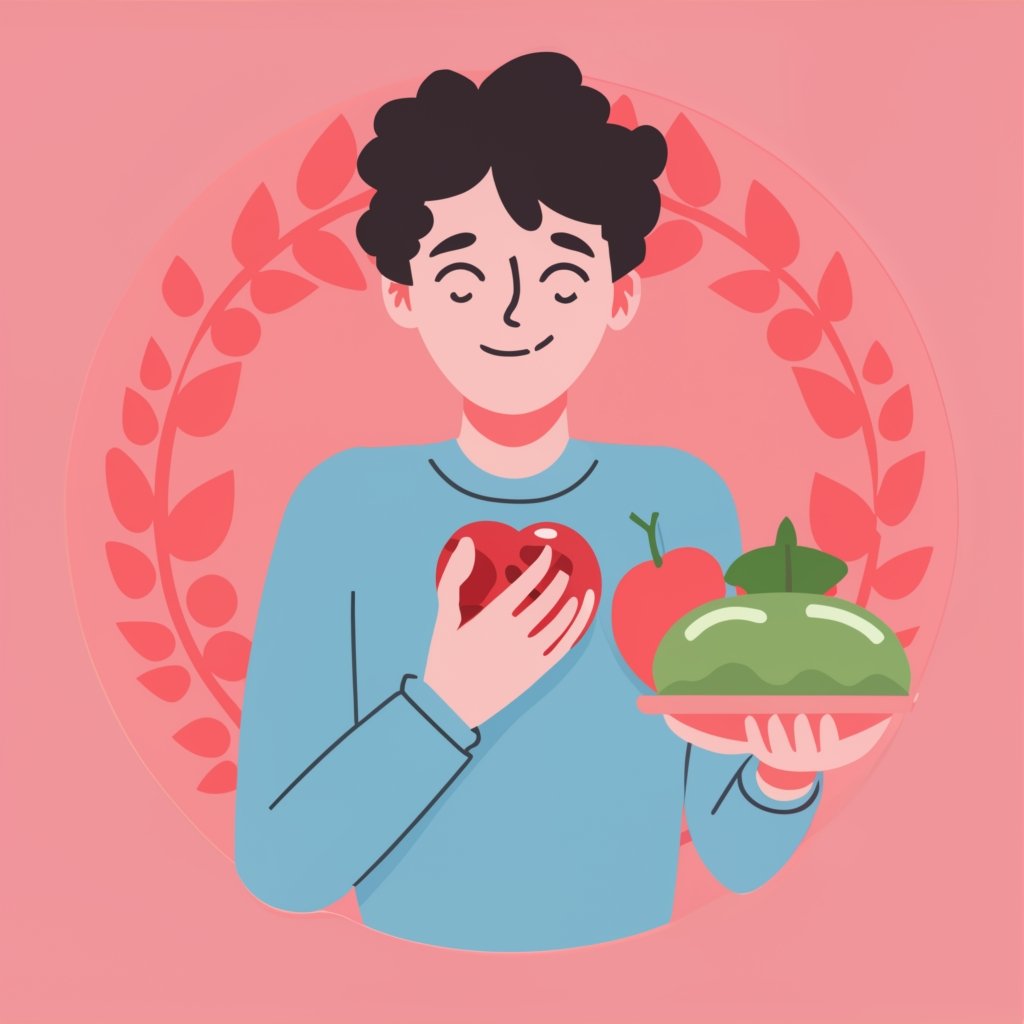Table of Contents
ToggleIntroduction
May is Food Allergy Awareness Month, a crucial period for increasing understanding and support for those living with food allergies.
This guide actively engages you in observing this important month, highlighting ways you can make a significant impact.
This approach not only fosters an inclusive environment for those with dietary restrictions but also contributes to a society that is more accommodating and safe for individuals with food allergies.
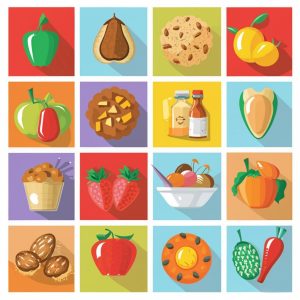
How to Observe Food Allergy Awareness Month
To observe Food Allergy Action Month effectively, start by educating yourself about different food allergies and their symptoms.
Knowing that allergies can range from mild to life-threatening and that reactions can happen with even trace amounts of allergens is crucial.
This understanding will help you quickly recognize and effectively respond to allergic reactions.
Next, proactively reach out to those affected by food allergies.
Offering support through a listening ear or providing useful resources can make a substantial difference in their lives.
Also, consider organizing or joining local events to raise food allergy awareness, like community walks or fundraisers for research and education.
Use social media and other communication channels to disseminate information about Food Allergy Awareness Month.
Sharing personal stories, educational articles, infographics, or videos can underscore the importance of understanding and accommodating those with food allergies.
Read the Labels
When managing food allergies, diligently reading labels is one of the most important steps you can take.
Start by scrutinizing the ingredient list for potential allergens.
Be vigilant for common allergens like milk, eggs, peanuts, tree nuts, soybeans, wheat, fish, and shellfish.
Although label reading may appear straightforward, it’s vital to identify hidden allergens that aren’t immediately apparent.
For instance, they might list milk as casein or whey protein isolate, and peanuts as arachis oil or groundnuts.
Therefore, acquainting yourself with these alternative names is key to avoiding accidental consumption of allergens.
Phrases like “may contain” or “manufactured in a facility that also processes” suggest the potential for cross-contamination with allergens during production.
Although these statements are not always required and may vary based on local regulations and manufacturers’ practices, they offer extra guidance in deciding if a product is safe to eat.
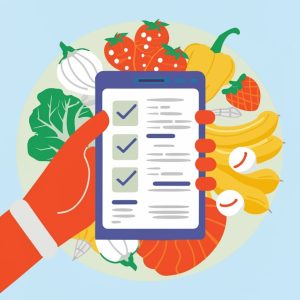
Talk to Your Kids
Talking to your kids about their food allergies can empower them and help them understand the importance of advocating for themselves.
Start Early:
It’s never too early to begin the conversation about food allergies with your children.
As soon as they are old enough to comprehend, introduce the concept of “safe” and “unsafe” foods.
Use simple language and visuals if needed, such as pictures of allergenic foods along with a big red cross mark on them.
Teach Self-Advocacy:
Encourage your kids to speak up for themselves when it comes to their food allergies.
Teach them the names of their allergens, emphasizing that they need to inform adults or friends if those specific foods are involved in any meals or snacks offered at school or social gatherings.
Instill confidence in them by role-playing various scenarios so they feel comfortable asserting their needs.
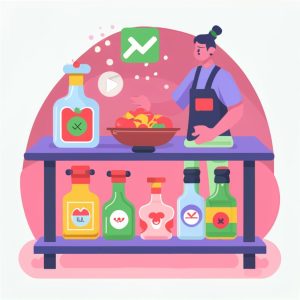
Explain Cross-Contamination:
Explain to your children how allergens can spread easily through everyday kitchen activities.
Show them the importance of cleaning utensils and surfaces thoroughly to prevent accidental allergen transfer, reinforcing the concept through practical demonstrations and consistent practices at home.
Involve Their Friends:
Organize allergy-friendly playdates or parties for your child’s friends and classmates to encourage open dialogue about food allergies.
This approach allows everyone to learn about different dietary needs together.
By doing so, you foster a supportive environment and empathy among peers.
Additionally, use these occasions to demonstrate safe food handling and share information about recognizing and responding to allergic reactions, further educating and empowering the children in a fun and engaging way.
Stay Positive:
Discuss potential risks with your children, but also stress that having a food allergy does not define their identity or restrict their full enjoyment of life.
Show them the abundance of tasty alternatives and guide them to concentrate on what they can eat, instead of what they can’t.
Talking to your kids about their food allergies is a continuous journey.
Stay patient, empathetic, and always prepared to tackle their concerns or questions.
Equip them with knowledge and confidence, empowering them to advocate for themselves and others facing similar challenges.
Learn to Dine Out Safely
Take extra precautions to ensure your safety when dining out with food allergies.
Research before heading out, looking for restaurants in your area that accommodate food allergies or offer allergen-friendly menu options.
Many establishments are proactive in creating safe dining experiences due to the increasing prevalence of food allergies.
Select a restaurant and communicate your dietary restrictions clearly to the staff, emphasizing the severity of your food allergies. Open communication is vital for your safety.
At the restaurant, ask questions about dish preparation and common allergens to make informed decisions about your food.
Don’t let fear prevent you from enjoying meals outside your home.
Take advantage of Food Allergy Awareness Month to explore new culinary experiences while staying protected, as many restaurants highlight their commitment to allergen safety during this time.

5 Very Common Food Allergens
Peanut Allergies
Peanuts are one of the most common allergens, especially in children.
They are actually legumes, not true nuts, and can cause severe allergic reactions, including anaphylaxis.
The symptoms can range from mild, such as skin rashes, to severe, like difficulty breathing.
Peanut allergies necessitate careful avoidance, including meticulous label reading and awareness of cross-contamination risks.

Milk Allergies
Milk allergies, involving the immune system’s reaction to proteins in cow’s milk, differ from lactose intolerance, a digestive issue.
Symptoms can include hives, gastrointestinal distress, respiratory problems, and, in severe cases, anaphylaxis.
Due to milk’s prevalence in many foods, it is crucial for those with an allergy to carefully check food labels.
Egg Allergies
Egg allergies are common, particularly among children, with many outgrowing them by adolescence.
Allergic reactions to eggs can vary from mild skin rashes to severe respiratory issues or anaphylaxis.
Eggs are widely used in food products as binders or leaveners, necessitating vigilance in reading labels and inquiring about ingredients in prepared foods.
Tree Nut Allergies
To help your children grasp the concept of cross-contamination and its significance in managing tree nut allergies, actively engage them with practical, relatable examples.
Emphasize how tree nut allergens, found in foods like almonds, walnuts, cashews, and pistachios, can transfer from one item to another.
This understanding is crucial, considering the severity and potentially life-threatening nature of tree nut allergies, similar to peanut allergies.
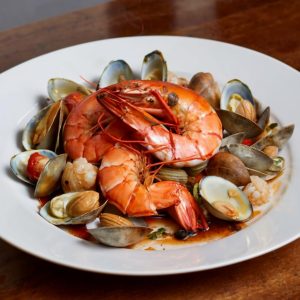
Shellfish Allergies
These allergies primarily involve crustaceans and mollusks like shrimp, crab, lobster, squid, and clams.
This allergy often persists into adulthood and can cause reactions ranging from mild symptoms like hives or gastrointestinal discomfort to severe reactions like anaphylaxis.
Cross-contamination is a significant concern, making it essential for individuals with a shellfish allergy to exercise caution when eating out and when purchasing and preparing food.
A Word from HealthyVibe
As we observe Food Allergy Awareness Month, let’s actively engage in creating a safer and more inclusive environment for those with food allergies.
This is our chance to make a real difference through simple yet impactful actions.
Engaging in open conversations with our children about their allergies empowers them with knowledge and confidence, turning them into advocates in their own right.
Here’s to a society where food allergies are acknowledged and managed with care and consideration!
FAQ
What does Food Allergy Awareness Month aim to achieve?
Food Allergy Awareness Month, celebrated in May, raises public awareness about food allergies and educates people on recognizing allergic reactions. It emphasizes the importance of understanding food allergies and promoting practices that include and support individuals with dietary restrictions.
How can I actively learn and spread awareness about food allergies during this month?
Learn about different food allergies, their symptoms, and severity, and share this knowledge with others. Use social media, participate in community events, and engage in personal conversations to disseminate information. Share educational articles, infographics, and videos to effectively spread awareness.
Which common food allergens should I be aware of?
Be aware of common food allergens like peanuts, tree nuts, milk, eggs, and shellfish. Recognizing their presence in various foods is crucial for preventing allergic reactions.
What steps should I take for safe dining with food allergies?
Research restaurants that are accommodating of food allergies and communicate your dietary restrictions clearly to their staff. Ask specific questions about the ingredients and preparation methods of dishes to avoid cross-contamination and advocate for your health needs to ensure a safe dining experience.
How should I approach teaching my children about food allergies?
Begin discussing food allergies with your children early using language they understand. Teach them to recognize and avoid their allergens and the importance of avoiding cross-contamination. Encourage them to communicate their allergy needs clearly, especially in school and social settings, and involve their friends in learning about food allergies to foster a supportive environment.

